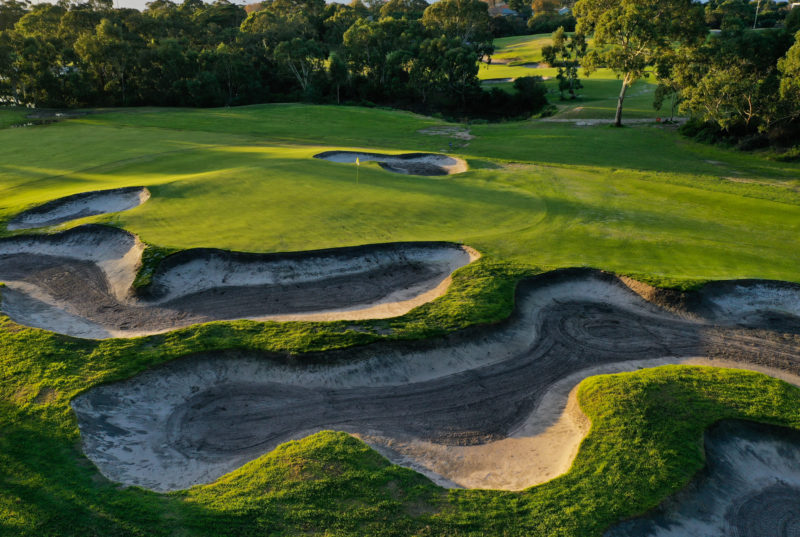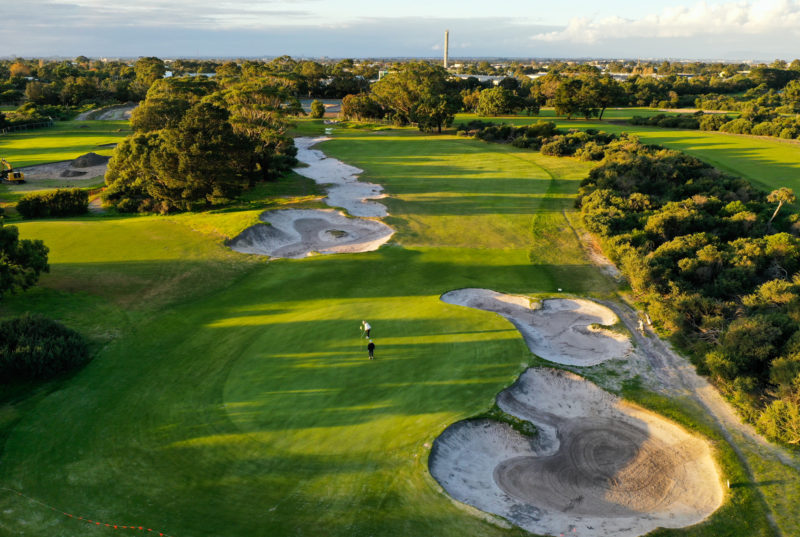Sandringham Golf Club, a public golf course originally built in 1937 and located directly next to Royal Melbourne, has been completely redesigned and is now open for play! This is welcomed news for both Aussie locals and International visitors interested to visit and experience golf in the famed Sandbelt.
Work was primarily funded by the Victorian Government and adds to this area’s great golf options. With the public in mind, players should expect wide fairways (similar to other Sandbelt courses) and options for play across all handicaps.

“We did a lot of things so that the course doesn’t daunt anyone, but it’s also a great layout for lower handicappers because to score well, you probably need to attack it from the right spots… It’s short enough that it’s playable for all, but a test for those who want to take it on using the width on offer… Really, it's the perfect length for kids and beginners – both men and women – and those who are wanting to prolong their golf and now find the big courses too tough.”
- Mike Cocking, co-designer Sandringham GC

Studies have shown golf annually contributes AUD $3.5 billion to the Australian economy. The media release by the club goes on to mention:
The precinct is already a base for Victorian Institute of Sport high performance athletes; it will eventually be home to a public driving range as well as becoming the administrative hub of Golf Australia and the PGA of Australia.
It has a large water storage capacity and a completely new irrigation system. It has also had the help of Royal Melbourne groundstaff throughout its redesign, including the same combination of “Sutton’s mix” bentgrass greens and fescue surrounds that the three-time Presidents Cup host adopted 15 years ago.
So, as Cocking says, it “represents a Sandbelt experience for the public”.
“The greens and bunkers definitely have that Sandbelt-like appearance and importantly they play similarly, too, with golfers having to decide from the tee the preferred side of the fairway to hit to in order to gain the best angle into the green,” he said.
“Typically a fairway bunker guards this approach, so even those new to the game start to understand the concept of risk and reward.”
Cocking said SGL’s initial success would provide a great case study for other public courses that are successful, yet occasionally neglected in terms of upgrades because of the logistics involved.
“It is one of the few facilities in Melbourne that I can think of that has undergone a major capital improvement program.
“So often public facilities are very slowly on a downward spiral when it comes to design and course conditioning.
“Changes aren't usually made because they're ways to improve the design ... usually it's a reaction to an issue such as a safety problem or a green or tee can no longer sustain a quality surface.
“Without the funds or structure of many private courses, design improvements and upgrades are rarely considered. This might be because of the potential disruption to play, but perhaps more likely because the value of upgrades is more difficult to measure … especially if the course is already busy.
“Of course, improving the design can help the bottom line by raising the profile and potentially the green fee charged.
“Hopefully Sandy helps illustrate the business case to other councils in terms of facility upgrades and what is possible.”

